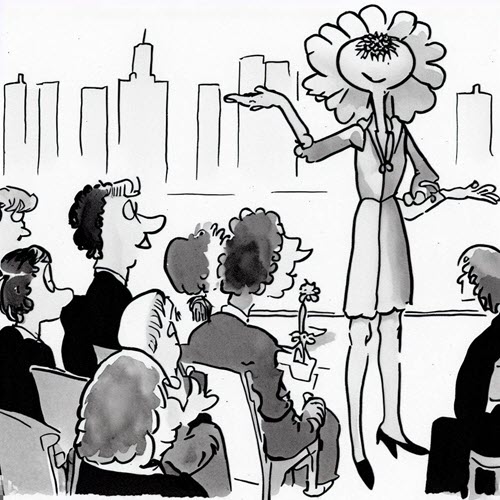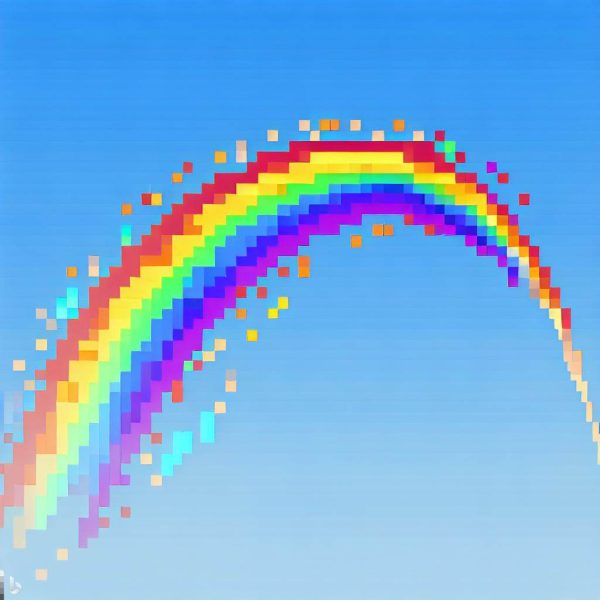I was walking through the woods when a wild boar with red eyes and huge tusks stumbled out of the brush. He was panting furiously when he stopped to glare at me. We were about 8 feet away from each other.
I froze in my tracks.
He stared at me.
I stared at him.
He panted furiously.
I was as quiet and still as a rock.
After a minute, he snorted and dashed back into the brush. I stood there for another 5 minutes, not moving at all.
—————————-
There are different ways we express fear, aren’t there?
When you’re on a roller coaster, you might start screaming as you make a drop. That’s your body’s way of saying, “Holy moly, what a thrilling experience!”
It’s a mix of adrenaline, excitement, and perhaps a touch of terror. Plus, screaming on a roller coaster is socially acceptable behavior. In fact, it’s almost expected!
When you face a menacing boar in the woods, it’s probably a good idea to freeze in your tracks and be as quiet as possible. They can easily outrun and tear you to pieces if you start screaming and running.
Now, let’s focus on how we express fear of public speaking. When you’re up there, facing a sea of faces, it’s a different environment than facing a wild boar or a roller coaster. You’re not soaring through the air at high speeds or staring down an animal that could easily tear you to bits.
Instead, when you’re on stage, you’re baring your soul through the power of expression. Your fear of public speaking is undoubtedly genuine, but screaming or freezing on stage might not be the best approach to captivate your audience!
Screaming is excellent for roller coasters. It won’t get you any attention. It’s socially acceptable and part of the fun!
Freezing is great for facing wild boars. It can prevent you from injury or death.
But neither freezing nor screaming are great ways to express yourself when standing in front of an audience! Instead, we rely on other forms of communication, like speaking clearly, using body language, and engaging in storytelling.
The good news is that you can manage your fear of public speaking with breath and body work. With practice, you can improve your presence. Public speaking is a skill that can be learned, honed, and refined over time.
So, let’s work on our stage presence, shall we? And if you ever find yourself screaming on stage, we might need to reevaluate your delivery techniques!
———————————————
Laura Bergells teaches classes and workshops. Hire Laura.
Or you can take Laura’s communications and public speaking classes at LinkedIn Learning – Free to LinkedIn Premium Members!









